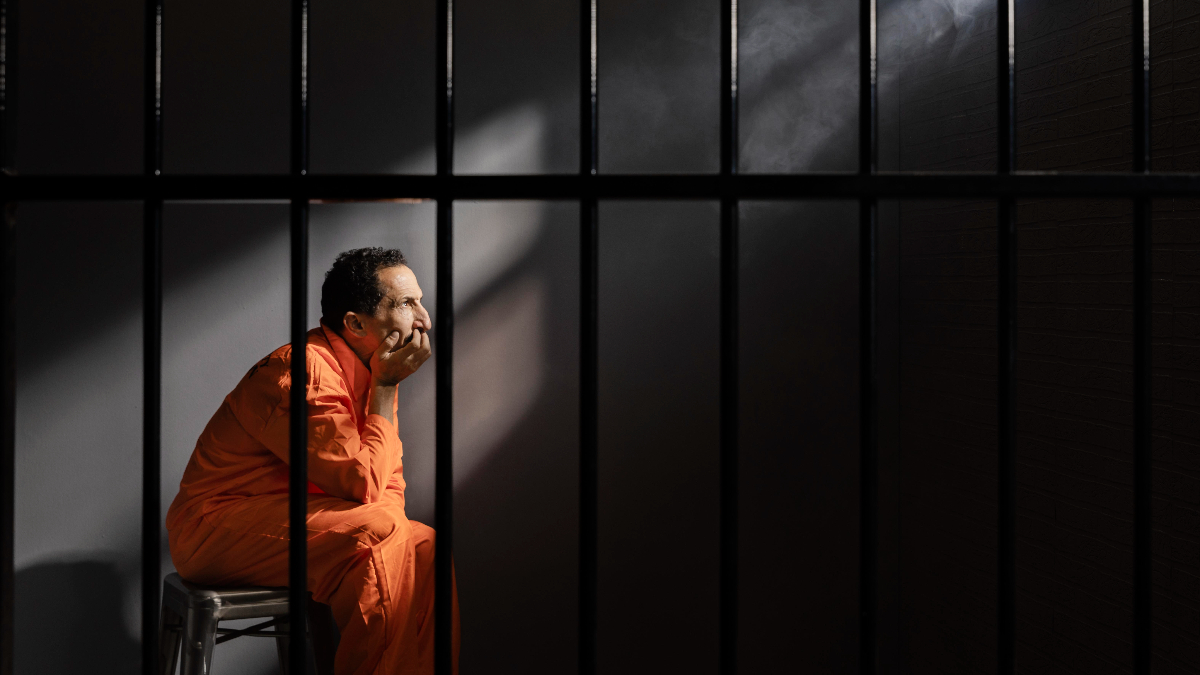
The history of prisons is an interesting one. As the United States tried to find ways to rehabilitate their prisoners, they found that they were not able to do it in a way that was both humane and cost-effective. This led them down the path of building prisons as we know them today. Prisons are institutions that hold convicted criminals in the hopes that they will be rehabilitated to society when they get out. Prisons were established in the late 1800s but have come a long way since then. Let’s explore how they began and how they evolved over time!
How It All Started?
Before prisons, as we know them today existed in the United States, there were jails and dungeons. Jails were built to house criminals until they went before a judge, whereas dungeons were used for punishment during this time. As these jails began overflowing, it became clear that there needed to be a system in place that was both humane and cost-effective. There was no rehabilitation component in these jails, just a place for criminals to stay until trial. These early jails were not sufficient when it came to the number of criminals they were housing and also led to many other issues such as overcrowding.
It was in the late 1800s that prisons began to emerge. Prisoners stayed in jails, but at different times of the day would attend classes and receive vocational training so that when they got out, they could have the skills necessary to find a job. Today, you can find a federal prison in almost every state in the United States. They are made up of multiple prisons that house different kinds of criminals, including men, women, juveniles, and even death row inmates.
What Are Prisons For?
Today, prisons are institutions that hold convicted criminals in the hopes that they will be rehabilitated to society when they get out. The idea is to reform the criminal so they can be productive and law-abiding citizens. While prisons were established for rehabilitation, there has also been a focus on security as they have grown larger and more populated.
A person can end up in prison for a variety of reasons. These include:
- Drug and alcohol offenses (for example, DUI and illegal drug possession)
- Violent crimes (murder, assault, rape)
- Property crimes (burglary, theft)
- Crimes against the government
Punishments can range depending on how serious their crime is. Some of these include extended stays in prison, probation, fines, and even a stay in a juvenile detention center. Prisons have come a long way over the years as we have explored different ways to rehabilitate criminals without being cost-prohibitive.
The Purpose Of The Prison System
Prisoners are humanely housed, fed, and kept in a safe environment. They have opportunities to receive education, vocational training, mental health treatment, drug abuse counseling, work release programs, and recreational activities so that when they get out they can be successful.
There are a few things people should know about the prison system. First, prisons house criminals from all different backgrounds and walks of life. For instance, there are federal prisons, state prisons, juvenile facilities, women’s correctional facilities, and more. These institutions house a wide array of prisoners with varying charges.
Types Of Prison Sentences
Prison sentences can vary depending on the crime committed. These sentences are called tiers, and each one carries with it a different punishment. For instance, someone who is convicted of assault could be sentenced to 30 days in prison or 5 years in prison.
Some other types of sentences include:
- House arrest where the person has to wear an ankle bracelet
- Rehabilitation programs that are designed to help treat addiction, mental health needs, or other issues
- Community service where the person has to take part in unpaid work in the community
In general, there are two main types of sentencing, indeterminate sentencing and determinate sentencing. Indeterminate sentencing means that the punishment is not known. A person can be in prison for a few years up to life. Determinate sentencing means the punishment is set in stone, ranging from 6 months to 12 years or more. It’s also important to mention that types of sentences will vary from state to state.
What Are Some Prison Rules?
Each state and institution has its own set of rules that inmates must abide by. These can include:
- Curfew hours (some prisons do not allow prisoners to be out after certain times)
- Dress code (for example, men cannot wear earrings or unkempt hair)
- No writing letters to the outside world without a guard’s permission
- No physical contact with other prisoners
- Mandatory meeting to discuss prison rules and consequences for breaking them
There are a few rules that apply to all prisons. Prisoners, for example, cannot smoke or have weapons. They also cannot have personal items like radios or televisions (but they can watch TV if it is in the common area). Many prisons do not allow outside food, medicine, or gifts. They also cannot have any type of cell phone with them.
When it comes to visits, things are a little complicated, but they generally follow two guidelines. First, the person has to be on visitors’ lists before they can have visitors. Second, the head of security at the prison must approve any contact visits with family members or friends.
A prisoner’s living environment is also very important. They are allowed to make phone calls and have a few personal possessions, but these have to be kept in a locker. They also have access to books or magazines, as long as it is approved by the prison beforehand.
Prisons are institutions where offenders who have been convicted of crimes serve out their sentences, as decided by a court and/or other governing body. Unlike jails, these institutions are meant for long-term confinement and can house thousands of inmates at a time. The purpose of prisons is threefold: correctional, retributive, and rehabilitative. They serve the purpose of punishing offenders for their crimes and protecting society from criminals, while also acting as an agent of rehabilitation. Every prison regime is different, with some being more rehabilitative in nature while others are more focused on punishment. Types of sentences can also vary from state to state and prison to prison. Hopefully, an understanding of the purpose, types, and rules of prisons, will help alleviate any concerns you may have about life behind bars.




